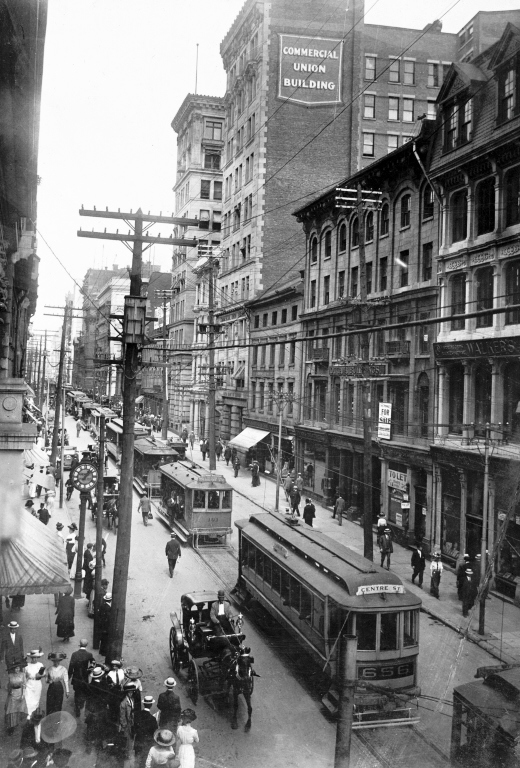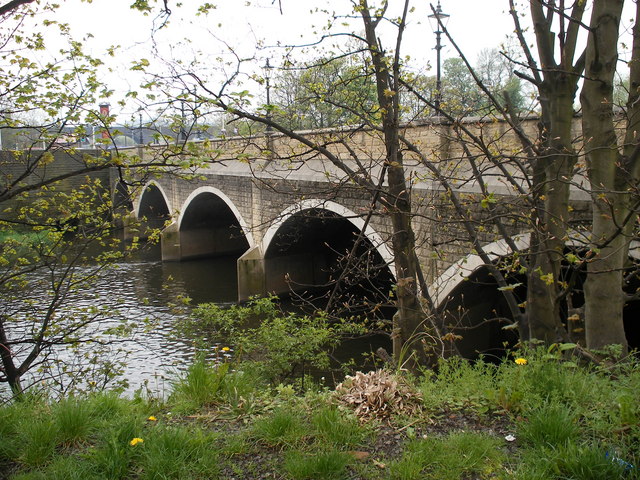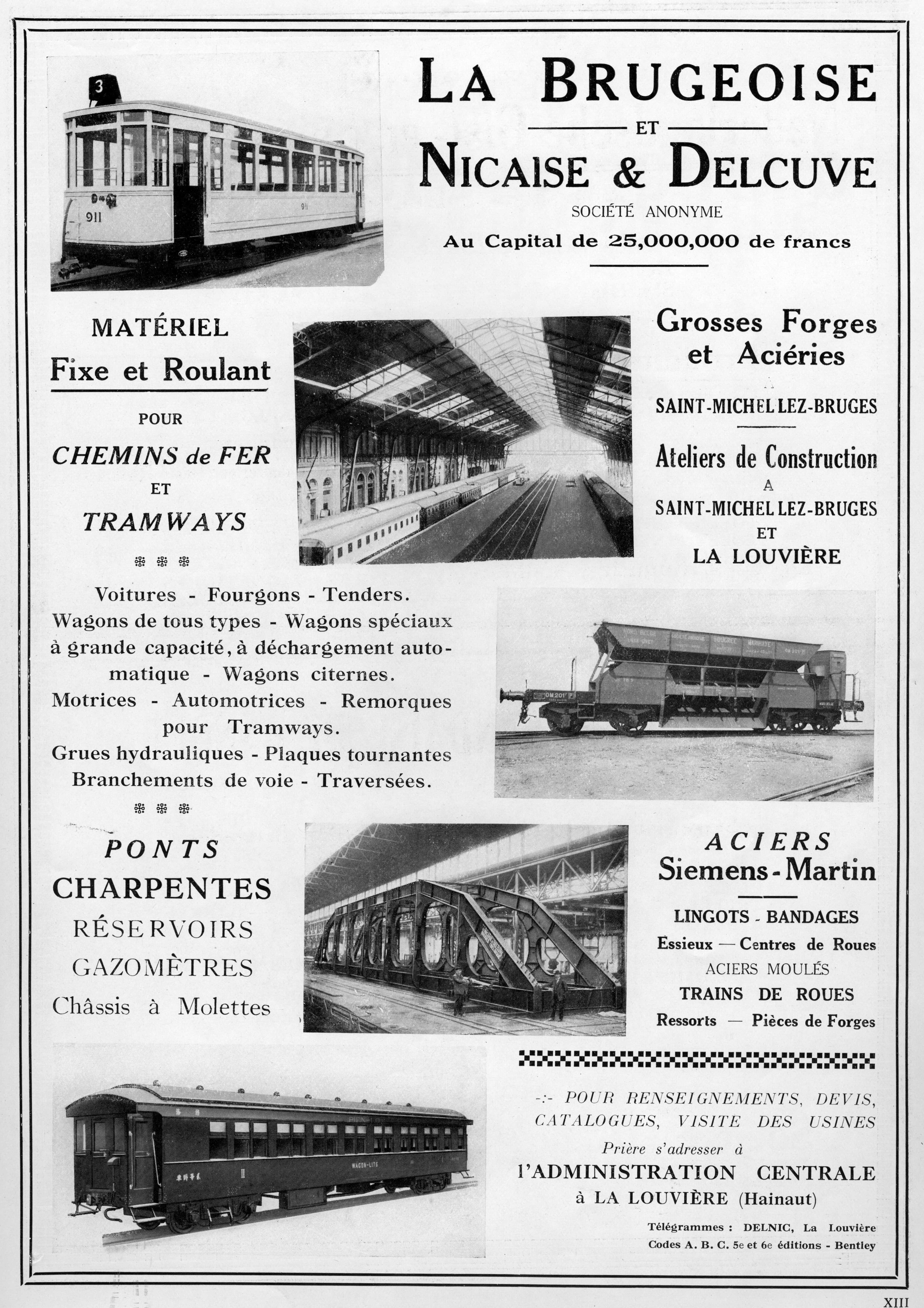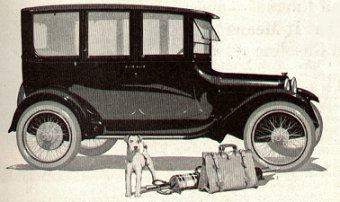|
Bombardier Transportation
Bombardier Transportation was a Canadian-German rolling stock and rail transport manufacturer, headquartered in Berlin, Germany. It was one of the world's largest companies in the rail vehicle and equipment manufacturing and servicing industry. Bombardier Transportation had many regional offices, production and development facilities worldwide. It produced a wide range of products including passenger rail vehicles, locomotives, bogies, propulsion and controls. In February 2020, the company had 36,000 employees, and 63 manufacturing and engineering locations around the world. Formerly a subsidiary and rail equipment division of Bombardier Inc., the company was acquired by French manufacturer Alstom on 29 January 2021. History 20th century 1970s: Formation and first orders Canadian company Bombardier Inc. entered the rail market in 1970 when it purchased Lohnerwerke GmbH of Austria. Bombardier Transportation's first order for mass transit rolling stock was in 1974 for the ... [...More Info...] [...Related Items...] OR: [Wikipedia] [Google] [Baidu] |
Alstom
Alstom SA is a French multinational corporation, multinational rolling stock manufacturer operating worldwide in rail transport markets, active in the fields of passenger transportation, signalling, and locomotives, with products including the AGV (train), AGV, TGV, British Rail Class 373, Eurostar, Avelia Horizon, Avelia and New Pendolino high-speed trains, in addition to suburban, regional and metro trains, and Alstom Citadis, Citadis trams. Alsthom (originally Als-Thom) was formed by a merger between Thomson-Houston Electric Company, Compagnie Française Thomson-Houston and the electric engineering division of Société Alsacienne de Constructions Mécaniques in 1928. Significant later acquisitions included the Constructions Electriques de France (1932), shipbuilder Chantiers de l'Atlantique (1976), and parts of Ateliers de Constructions Electriques de Charleroi, ACEC (Belgium, late-1980s). A merger with parts of the General Electric Company (UK) formed GEC Alsthom in 1989. T ... [...More Info...] [...Related Items...] OR: [Wikipedia] [Google] [Baidu] |
Montreal Metro
The Montreal Metro (french: Métro de Montréal) is a rubber-tired underground rapid transit system serving Greater Montreal, Quebec, Canada. The metro, operated by the Société de transport de Montréal (STM), was inaugurated on October 14, 1966, during the tenure of Mayor Jean Drapeau. It has expanded since its opening from 22 stations on two lines to 68 stations on four lines totalling in length, serving the north, east and centre of the Island of Montreal with connections to Longueuil, via the Yellow Line, and Laval, via the Orange Line. The Montreal Metro is Canada's second busiest rapid transit system and North America's fourth busiest rapid transit system, behind the New York City Subway, the Mexico City Metro and the Toronto subway, delivering an average of daily unlinked passenger trips per weekday as of . In , trips on the Metro were completed. According to the STM, the Metro system had transported over 7 billion passengers as of 2010. With the Metro ... [...More Info...] [...Related Items...] OR: [Wikipedia] [Google] [Baidu] |
Horbury
Horbury is a town in the City of Wakefield in West Yorkshire, England. Historically in the West Riding of Yorkshire, it is situated north of the River Calder about three miles (5 km) south west of Wakefield and two miles (3 km) to the south of Ossett. It includes the outlying areas of Horbury Bridge and Horbury Junction. At the 2001 census the Horbury and South Ossett ward of Wakefield Metropolitan District Council had a population of 10,002. At the 2011 census the population was 15,032. Old industries include woollens, engineering and building wagons for the railways. Horbury forms part of the Heavy Woollen District. History Toponymy The name Horbury is attested in 1086 as ''(H)orberie''. It is derived from Old English ''horu'' 'dirty land' and ''burh'' (in its dative form ''byrig''), which translates as 'filthy fortification' or 'stronghold on muddy land'. Other spellings include Orberie, Horbiry and Horberie. The name possibly referred to a fortification near an ... [...More Info...] [...Related Items...] OR: [Wikipedia] [Google] [Baidu] |
Procor (UK)
Procor is a Canadian company producing railway shipping cars. It is Canada's largest private rail car rental fleet, with more than 30,000 conventional and special-purpose tank and freight cars. Linked to Sparling Tank Car of Toronto, Procor was founded in 1952 as Products Tank Line Limited and became an affiliate of US-based Union Tank Car Company. The company, which shortened its name to Procor in 1962, is headquartered in Oakville, Ontario. Manufacturing and Repair Procor manufactured cars in its Oakville shops until 2002, but now sources from parent Union Tank Car's plant in Alexandria, Louisiana and Sheldon, Texas. List of cars once manufactured by Procor: * Hopper car * Tank car - (sulphuric acid, LPG, ethanol) * Funnel flow tank car * Coal gondola Procor operates from numerous locations across Canada. Repair Shops * Joffre, Alberta * Edmonton, Alberta * Regina, Saskatchewan * Sarnia, Ontario * Oakville, Ontario Mobile/mini shops * Regina West * Prince George, Bri ... [...More Info...] [...Related Items...] OR: [Wikipedia] [Google] [Baidu] |
Crespin, Nord
Crespin is a commune in the Nord department in northern France. The town of Crespin was founded in 648 with the building of the Crespin Abbey by Saint Landelin. Its population was 4,532 in 2017.Téléchargement du fichier d'ensemble des populations légales en 2017 INSEE Heraldry See also *Communes of the Nord department
The following is a list of the ...
[...More Info...] [...Related Items...] OR: [Wikipedia] [Google] [Baidu] |
ANF Industrie
Alstom Crespin, formerly Bombardier Transport France and ANF Industrie, is a French rolling stock manufacturer based at Crespin, in Hauts-de-France region, France. The company was acquired by Bombardier Transportation in 1989, then by Alstom in 2021. History Origins ''Les Ateliers de Construction du Nord de la France'' (The Construction Workshops in the North of France) was founded in 1882 as a subsidiary of Franco-Belgian company ''La Métallurgique''. The company was established to avoid import tariffs imposed in 1881 in France on goods imported from Belgium. In 1908 the company merged with and absorbed ''Société Nicaise et Delcuve'' (based in La Louvière, Belgium), and was renamed ''Ateliers du Nord de la France et Nicaise et Delcuve'' by 1910. In 1913 the ''Trust Métallurgique Belge-Français'' reorganised; the factories in La Louvière, Belgium (the former ''Nicaise et Delcuve'') were combined with other of the ''Trust Métallurgique Belge-Français'' interests in Bel ... [...More Info...] [...Related Items...] OR: [Wikipedia] [Google] [Baidu] |
Bruges
Bruges ( , nl, Brugge ) is the capital and largest City status in Belgium, city of the Provinces of Belgium, province of West Flanders in the Flemish Region of Belgium, in the northwest of the country, and the sixth-largest city of the country by population. The area of the whole city amounts to more than 13,840 hectares (138.4 km2; 53.44 sq miles), including 1,075 hectares off the coast, at Zeebrugge (from , meaning 'Bruges by the Sea'). The historic city centre is a prominent World Heritage Site of UNESCO. It is oval in shape and about 430 hectares in size. The city's total population is 117,073 (1 January 2008),Statistics Belgium; ''Population de droit par commune au 1 janvier 2008'' (excel-file) Population of all municipalities in Belgium, as of 1 ... [...More Info...] [...Related Items...] OR: [Wikipedia] [Google] [Baidu] |
La Brugeoise Et Nivelles
La Brugeoise et Nivelles, later BN Constructions Ferroviaires et Métalliques was a Belgian manufacturer of railway locomotives and other rolling stock; it was formed by a merger of two companies: La Brugeoise et Nicaise et Delcuve and Les Ateliers Métallurgiques de Nivelles. The company was acquired by Bombardier Transportation in 1988, plants in Nivelles and Manage closed in 1989 and 2000; as of 2011, the plant located in Bruges operated as Bombardier Transportation Belgium. History In 1851, Joseph De Jaegher founded a hardware store in the Burg in Bruges; in 1855, this expanded with a steel workshop on the Raamstraat, named ''Ateliers J. Jaegher''; in 1891, this merged with another steel making company in the nearby Gieterijstraat, the Usines Ferdinand Feldhaus, to form the Ateliers de Construction Forges et Aceries de Bruges. By 1900, the company was a major Belgian metal engineering company. In 1905, the company moved its plant and offices to a larger site with good ra ... [...More Info...] [...Related Items...] OR: [Wikipedia] [Google] [Baidu] |
Railway Age
''Railway Age'' is an American trade magazine for the rail transport industry. It was founded in 1856 in Chicago (the United States' major railroad hub) and is published monthly by Simmons-Boardman Publishing Corporation. History The magazine's original title was the ''Western Railroad Gazette,'' and was renamed the '' Railroad Gazette'' in 1870. In June 1908, after purchasing its chief rival, ''The Railway Age'' (founded in 1876 in Chicago), it changed its title to ''Railroad Age Gazette'', then in January 1910, to ''Railway Age Gazette''. In 1918 it shortened its name to the current title. ''Railway Review'' (originally the ''Chicago Railway Review'') was merged into ''Railway Age'' in 1927. Publications that have been merged into ''Railway Age'' include ''American Railroad Journal'', founded 1832, renamed ''The Railroad and Engineering Journal'' in 1887 by its then new owner/editor, Matthias N. Forney. It became ''American Engineer & Railroad Journal'' in 1883, then ''Railwa ... [...More Info...] [...Related Items...] OR: [Wikipedia] [Google] [Baidu] |
Pullman-Standard
The Pullman Company, founded by George Pullman, was a manufacturer of railroad cars in the mid-to-late 19th century through the first half of the 20th century, during the boom of railroads in the United States. Through rapid late-19th century development of mass production and takeover of rivals, the company developed a virtual monopoly on production and ownership of sleeper cars. During a severe economic downturn, the 1894 Pullman Strike by company workers proved a transforming moment in American labor history. At the company's peak in the early 20th century, its cars accommodated 26 million people a year, and it in effect operated "the largest hotel in the world". Its production workers initially lived in a planned worker community (or " company town") named Pullman, Chicago. Pullman developed the sleeping car, which carried his name into the 1980s. Pullman did not just manufacture the cars, it also operated them on most of the railroads in the United States, paying ... [...More Info...] [...Related Items...] OR: [Wikipedia] [Google] [Baidu] |
Budd Company
The Budd Company was a 20th-century metal fabricator, a major supplier of body components to the automobile industry, and a manufacturer of stainless steel passenger rail cars, airframes, missile and space vehicles, and various defense products. Budd was founded in 1912 in Philadelphia by Edward G. Budd, whose fame came from his development of the first all-steel automobile bodies in 1913, and his company's invention of the " shotweld" technique for joining pieces of stainless steel without damaging its anti-corrosion properties in the 1930s. Budd Company became part of Budd Thyssen in 1978, and in 1999 a part of ThyssenKrupp Budd. Body and chassis operations were sold to Martinrea International in 2006. No longer an operating company, Budd filed for bankruptcy in 2014. It currently exists to provide benefits to its retirees. Automobiles Edward G Budd developed the first all-steel automobile bodies. His first major supporters were the Dodge brothers. Following discussions ... [...More Info...] [...Related Items...] OR: [Wikipedia] [Google] [Baidu] |
Tilting Train
A tilting train is a train that has a mechanism enabling increased speed on regular rail tracks. As a train (or other vehicle) rounds a curve at speed, objects inside the train experience centrifugal force. This can cause packages to slide about or seated passengers to feel squashed by the outboard armrest, and standing passengers to lose their balance. Tilting trains are designed to counteract this by tilting the carriages towards the inside of the curve, thus compensating for the g-force. The train may be constructed such that inertial forces cause the tilting (''passive tilt''), or it may have a computer-controlled powered mechanism (''active tilt''). The first passive tilting car design was built in the US in 1937, and an improved version was built in 1939. The beginning of World War II ended development. Talgo introduced a version based on their articulated bogie design in 1950s, and this concept was used on a number of commercial services. Among these was the UAC Tur ... [...More Info...] [...Related Items...] OR: [Wikipedia] [Google] [Baidu] |



.jpg)



